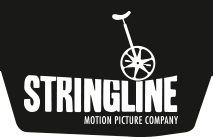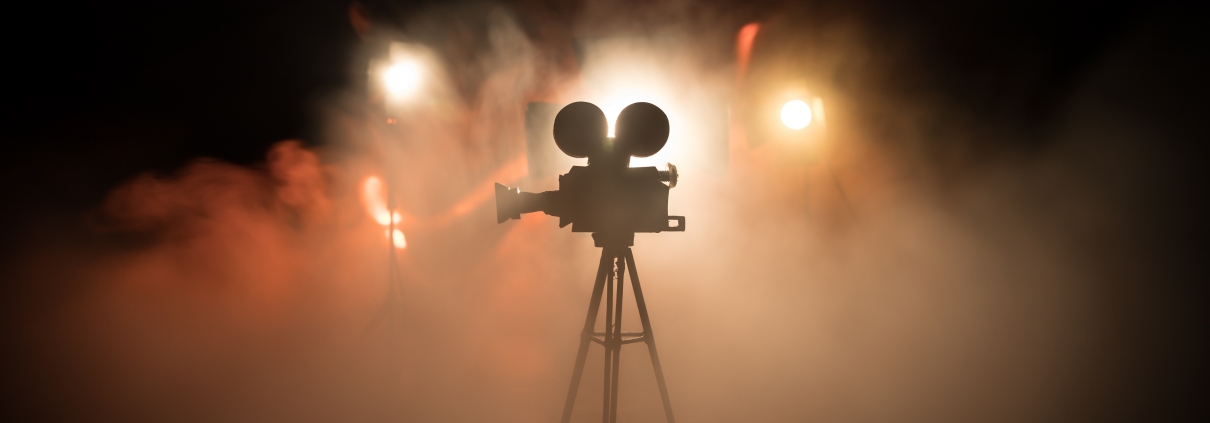12 Film Lighting Techniques Every Filmmaker Should Know (And Use)
For anyone working with a camera, lighting can turn a mediocre shot into an extraordinary shot with the right techniques. Photographers play with lighting at different times of the day and various setups in studios.
But filmmakers in charge of “moving pictures” have a whole world of possibilities to pull from to create the perfect shot that tells the story in the most effective way. Whether you’ve never been on a film set or are starting to get more involved as a filmmaker, there are always things to learn; including the 12 main film lighting techniques.
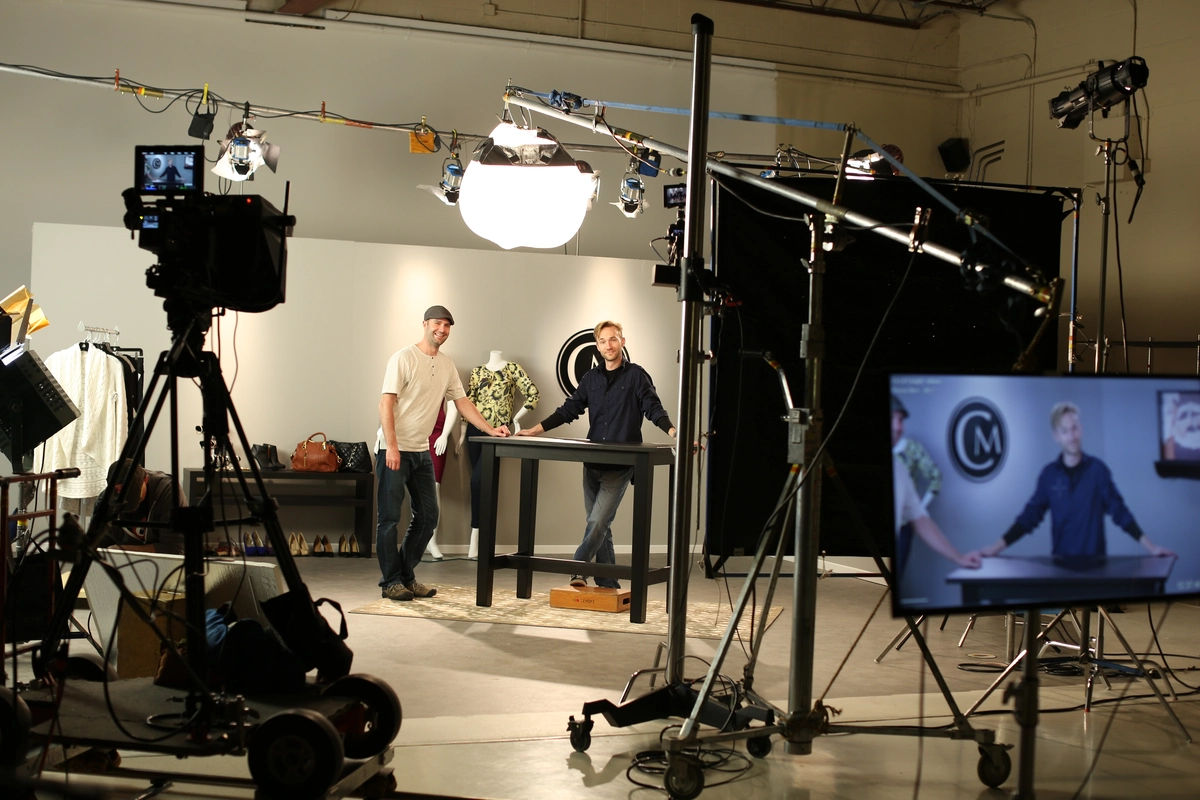
1) Key Lighting
Starting off with one of the most important lighting techniques— key lighting is the main light source in the scene. Usually, it illuminates the actor or subject.
- In a three-point lighting setup, the key light is the primary light. The other two lights are the fill light and backlight.
- Avoid putting your key light near the camera. This will make the light go flat.
2) High-Key Lighting
Originally, high-key lighting was used to deal with high contrast, but now it’s a creative choice used to adjust the mood of a scene. This lighting technique has no shadows and intense brightness that borders on overexposure.
- Often used in music videos, tv sitcoms, or commercials
- Dominated by white tones from bright lights with minimal blacks and mid-range tones
- Often used to convey hope and optimism
3) Low-Key Lighting
The opposite of high-key lighting is, you guessed it, low-key. This lighting technique uses a lot of shadows and dark tones to create a feeling of suspense or mystery.
- Bold contrast images
- Often used in thrillers or noir during ominous moments
4) Backlighting
Backlighting is what it sounds like— it hits an actor or subject from behind. Backlights are beautiful, stylistic choices that help separate the subject from the background and offer depth. Backlighting makes the shot feel three-dimensional.
- You can use the sun as a backlight or a physical light.
- A “kicker” is when the backlight is placed behind the subject at an angle.
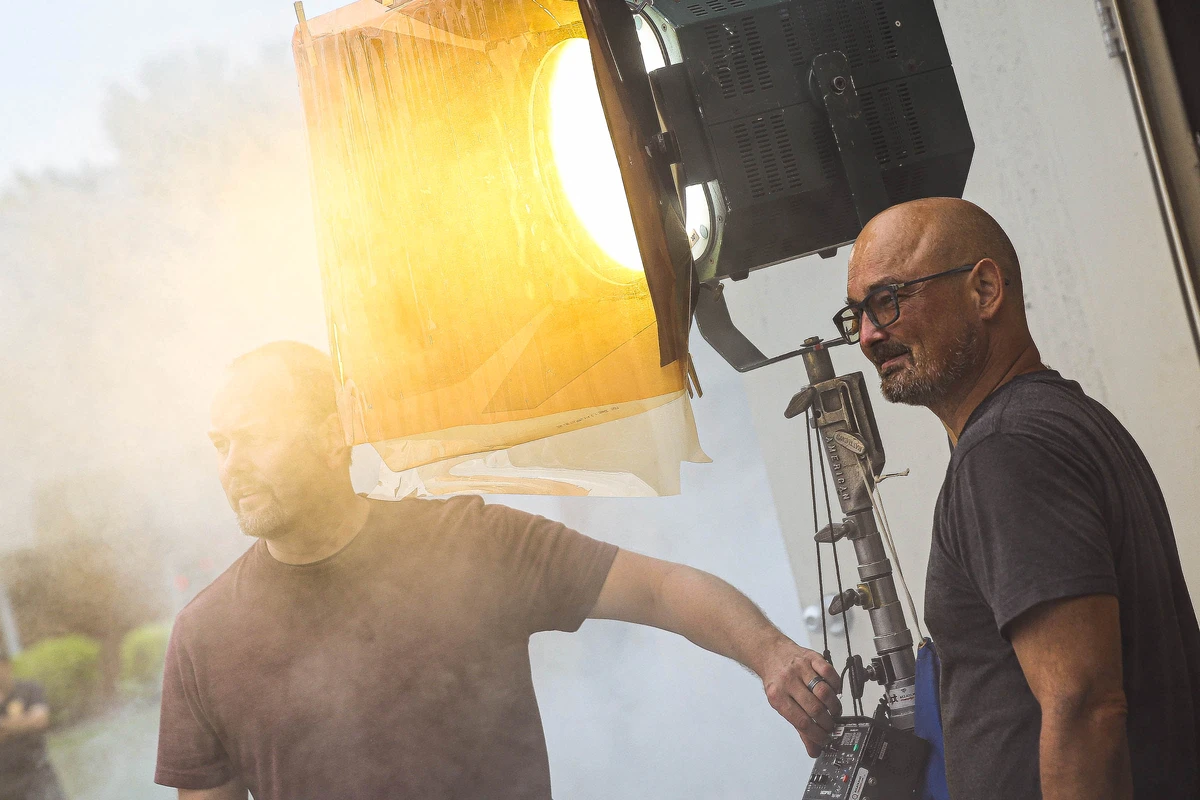
5) Fill Lighting
Fill lighting helps balance out any harsh shadows created by the key light. It’s placed on the opposite side of the key light and is much less powerful. Using it helps add dimension.
- Does not create shadows or much of its own characteristics
- Is an integral part of the three-point lighting setup
6) Practical Lighting
Practical lighting is light within a scene that comes from objects that would naturally emanate light, such as candles, phone screens, lamps, etc. This type of lighting isn’t strong enough to light a subject but it’s used as a natural ambiance.
- Make sure color temperatures match when utilizing practical lighting.
- Multiple practical lights can help illuminate a subject.
7) Soft Lighting
Soft lighting is more of a film aesthetic than a hard-and-fast technique. Overall, soft lighting eliminates harsh shadows, uses subtle shades of light, and is bright but not overexposed.
- Soft lighting can be used as fill light
- Can make subjects look more youthful
8) Hard Lighting
Hard lighting is a more harsh light that’s created with a direct beam from a light source or the sun. Unlike soft lighting, this technique creates harsh shadows and lines. It is usually used to draw attention to an actor or create silhouettes.
- Highlights anything in the frame
- Fantastic for creating shadows
10) Natural Lighting
Everyone loves shooting in natural light because you don’t have to set it up, move it, or take it down! Natural lighting is the light that is, well, naturally available from the sun at certain times of the day. Natural light is used for scenes filmed outdoors.
- Consider the time of day you’ll be shooting
- Be sure to do a location scout before filming
- Use bounce cards, flags, or reflectors to manipulate natural light
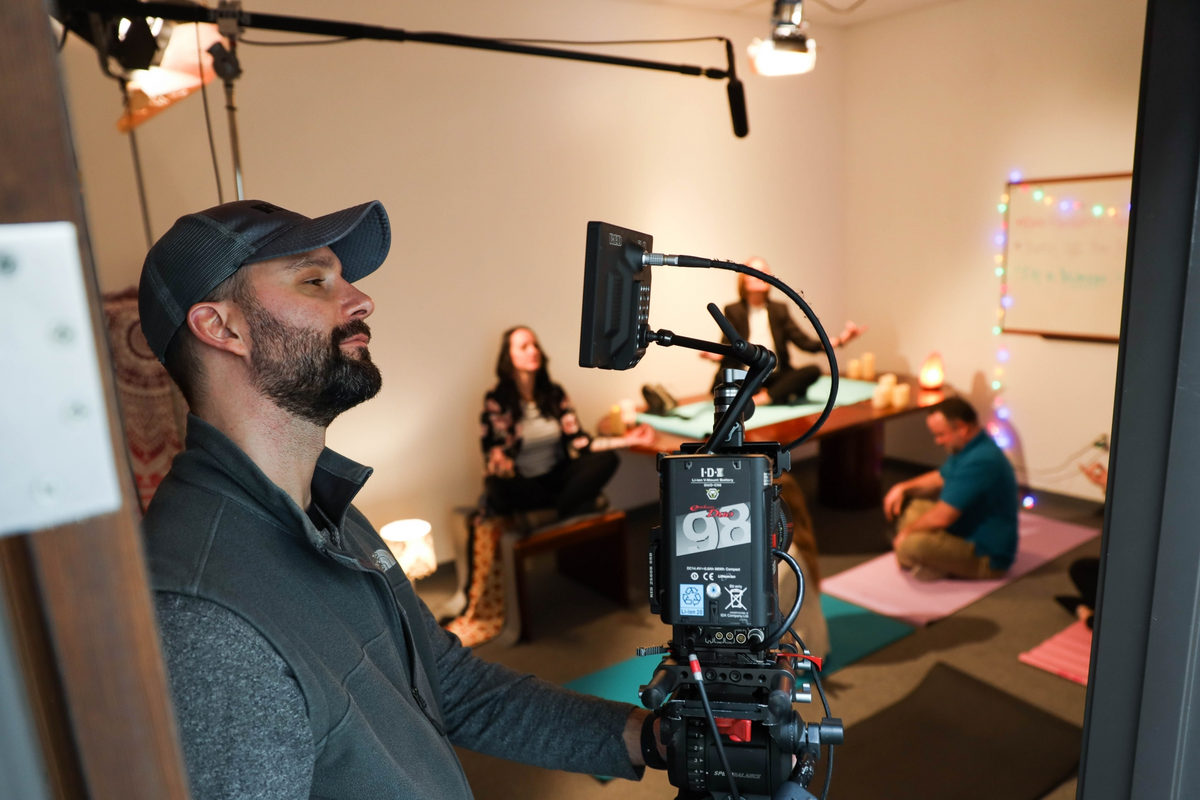
11) Motivated Lighting
Motivated lighting is a lighting technique that mimics the look of natural sun or moonlight. It can even stand in for street lights, car headlights, or a light streaming from a window at night.
- Alter motivated light with bounce reflectors and other set dressings to help it look more natural
- Great for natural looks when shooting indoors
12) Ambient Lighting
Ambient lighting isn’t something that filmmakers set up, but it’s a natural occurrence that needs to be accounted for. Unless you’re purposely shooting in pitch black in an artificial space, there will always be some sort of lighting that seeps in, known as ambient lighting. Even if you’re shooting outdoors at night, there will be ambient light from windows, far-off lamps, the moon, etc.
- Account for the time of day when shooting
- A little bit of light will always leak into the frame, but it can be incredibly striking if utilized well
Watch Film Lighting Techniques Bring a Set to Life
These lighting techniques can be combined throughout a film, commercial, or marketing video to tell the story in the most effective way. If you’re in need of a full-service film crew to bring your idea to life, Stringling Pictures has your back.
You don’t need lighting equipment, a crew, or experience, just contact Stringline Pictures and we’ll do it all for you!
